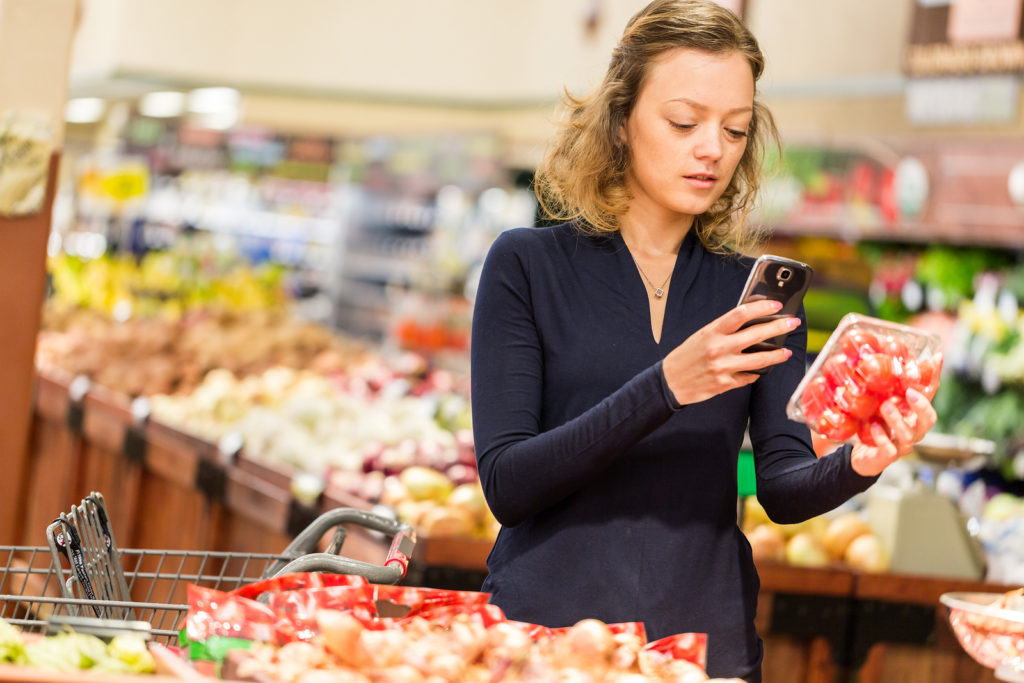Consumer trends in the food industry are often a driver for changes like new product lines and reformulations. But according to two recent reports, revamping packaging has a lot of promise for pleasing customers. And the benefits aren’t just for those buyers — there are numerous advantages for brand owners, too, like minimizing product loss and waste.
Consumer-driven packaging trends
L.E.K.’s annual Brand Owners Packaging Survey asked consumer packaged goods (CPG) representatives what packaging-related decisions they have made and plan to make in the near future. Overall, the survey found that 90% of brand owners believe packaging is important to their success, and 75% expect to spend more on packaging next year.
According to 22% of respondents, the top growth driver was the consumer’s desire for more convenience. In response to this trend, 57% of brand owners developed packaging that’s easier to open, 51% added more single-serve sizes, and 49% entered new distribution channels.
Other actions CPGs took based on consumer trends include:
- Adding more premium products (21%*)
- Increasing product personalization (20%)
- Introducing all-natural and health-focused products (18%; 17% among food and beverage respondents)
- Becoming more environmentally-friendly (18%)
- Moving toward eCommerce channels (17%; 12% among food and beverage respondents)
* Percentages indicate how many brand owners consider each trend to be a top growth driver.
All of these efforts directly impact product packaging. For example, a package’s quality of materials and design style can indicate its premium status. Recyclable, biodegradable, and compostable packaging material signals a brand’s shift to environmentally-friendly practices. And packaging can communicate a product’s health content through natural colors, text, and graphics.
The rise of smart packaging
There’s also a technology-driven side to recent packaging trends. Deloitte surveyed over 400 business leaders on smart packaging — “packaging with enhanced functionality, by way of new technologies, new materials, and thoughtful design.” Although smart packaging is still new to the game, its revenue is expected to grow by 11% each year and reach $39.7 billion by 2020.
Smart packaging has the potential to solve a lot of industry problems. Currently, the most prevalent form of smart packaging in use, especially among food and beverage companies, is what’s called “active” packaging. This relies on advanced chemistry or materials to minimize product damage and preserve quality.
But Deloitte points to an unrealized opportunity in “connected” packaging, which uses wireless technology to gather and communicate data. It has a lot of promise for applications like tracking, traceability, supply chain optimization, and even customer interaction.
The Deloitte report highlights a few examples of how food and beverage companies can take advantage of smart packaging:
- Inventory and life cycle management: Smart packaging allows for real-time tracking and traceability, supply chain optimization, and improved sustainability practices. As an example, Avery Dennison came up with a technology to promote higher quality recycling using labels that peel off plastic containers without leaving behind any adhesive residue. This solution helps brands deliver on their sustainability promises.
- Product integrity: Retailers estimate that 31% of food products are thrown out annually because of spoilage, resulting in a loss of $146 billion. That’s a loss smart packaging can help companies avoid through cold chain control and monitoring. For instance, a real-time monitoring label can warn of suboptimal temperatures during shipping, allowing a faster reaction time that prevents damage and loss.
- User experience: Smart packaging boosts customer engagement. Ferngrove Vineyards embeds RFID chips into its wine bottles so that customers can use smart devices to connect with the brand. Heinz uses an augmented reality (AR) app to give consumers access to a secret recipe when they hover their smartphones over the product label.
Making the most out of smart packaging may require some bold decisions and creativity. But, Deloitte predicts, “If packagers are not able to participate in driving the increasing intelligence of packages, they risk getting marginalized as commodity material providers.” In other words, companies that pursue smart packaging will have a competitive advantage in the industry.
